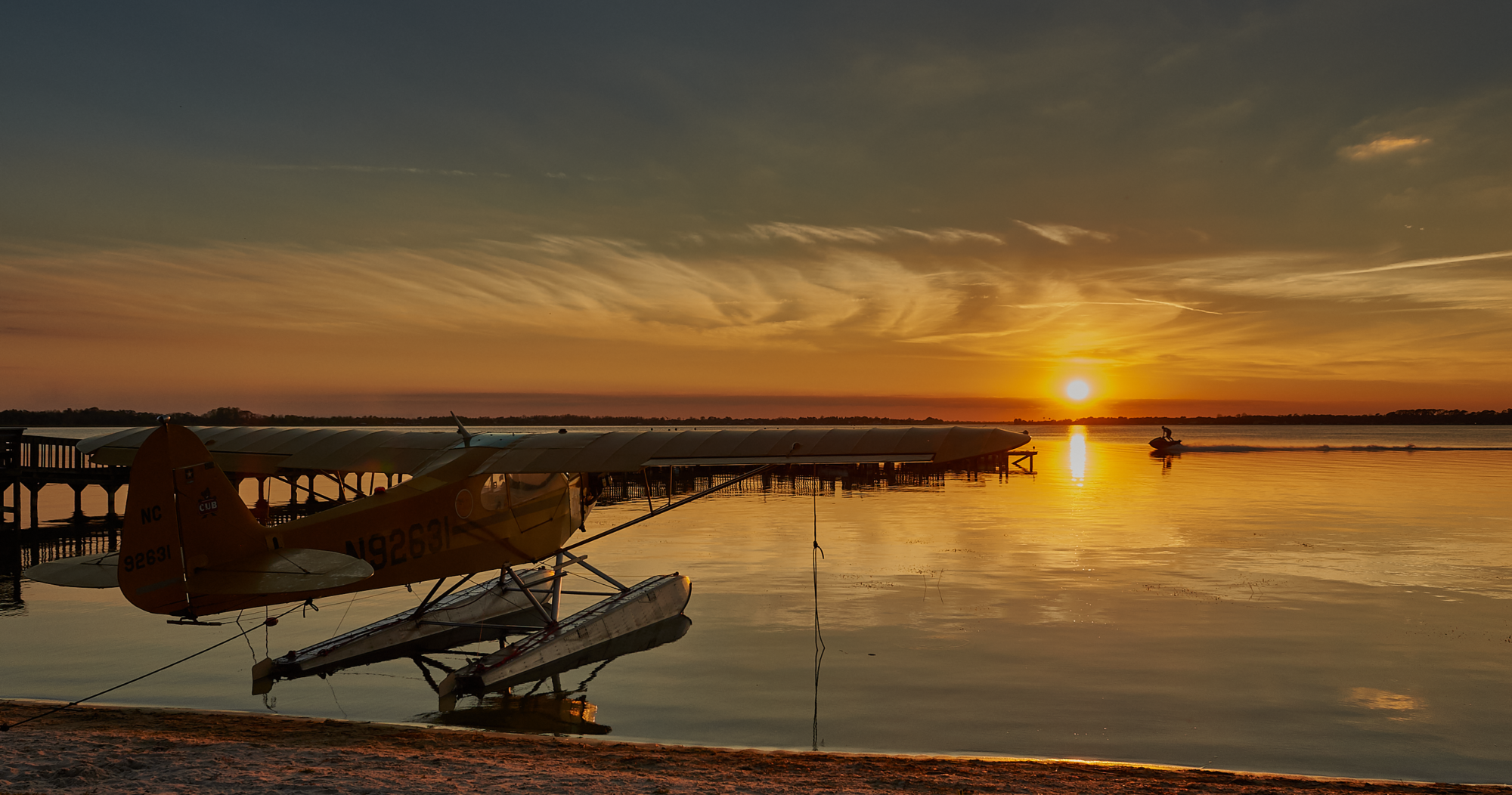With the advent of high speed sync, several issues associated with flower photography can be resolved. Movement in the wind can be frozen and the background can be isolated by lighting just the subject flower.
Using High Speed Sync Strobes for Flower Photos

Using a strobe, flash, or Speedlight depending how you refer to them, is a lot more straightforward than you think. You will first have to be sure your camera and strobe are both capable of high speed sync in order yo use the feature. You will also have to have a way to fire the strobe remotely. This can be as simple as compatible remote extender, or an infrared or radio controlled trigger. You’ll want as much power as you can get in order to stop down for depth of field. Remember, the objective is to black out the background so you’ll be using a high shutter speed, usually the highest your camera is capable of achieving. You’ll control the exposure with strobe power, aperture and iso. Normally, you’ll want the strobe set to its highest power since the objective is to overpower the ambient light. Take a test shot and then check the exposure with the histogram in the camera. Adjust with aperture or iso to get the desired exposure. My current setup is a Westcott FJ-200 strobe, 200 WS of power. It’s not much bigger than a full size Speedlight and easily fits in my backpack. I also use a small, collapsible diffuser to soften the light. In another post I’ll cover how to set do the set up.
Finding subjects.

Local gardens are a great source. Our local church has a wonderful garden that they sometimes use for services. Any other time it is open for browsing or photography. There is also a local tourist attraction that has a paid garden (Modest fee) as well as a garden open the public during normal hours.
 Not optimized
Not optimized
